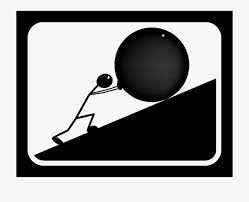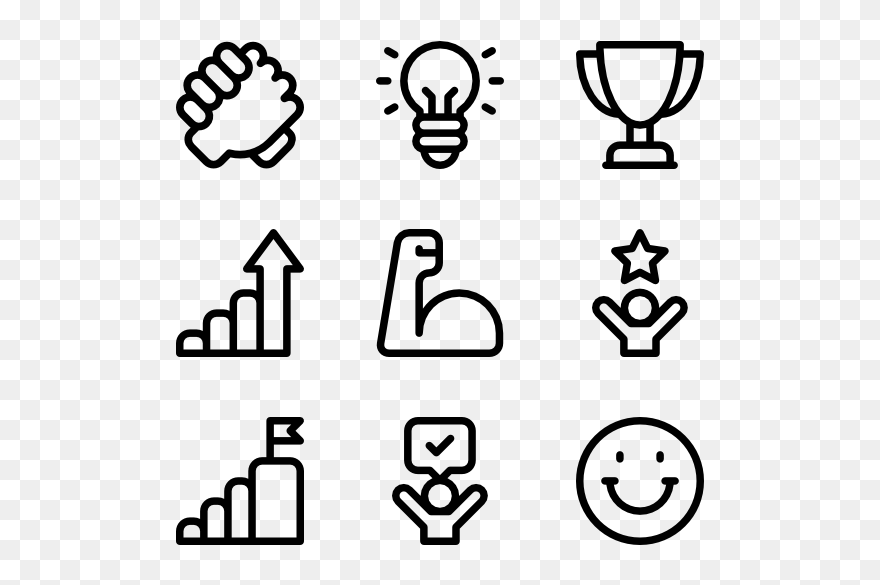Optimizing Workplace Decision-Making and Conflict Resolution: A Strategic Framework
Organizational effectiveness is profoundly influenced by the efficacy of decision-making and conflict resolution processes. These processes directly impact productivity, employee morale, and overall operational efficiency. This article presents a comprehensive strategic framework for navigating these critical aspects, cultivating a collaborative and high-performing work environment. We will explore key concepts: the rational decision-making model, various conflict management styles as defined by the Thomas-Kilmann Conflict Mode Instrument (TKI), and the crucial role of organizational culture in shaping responses to workplace challenges. These concepts will be analyzed through the lens of relevant organizational behavior theories and models, such as social exchange theory and organizational justice theory.
Establishing a Foundation of Open Communication and Shared Purpose
High-performing organizations are characterized by a robust culture of open communication and a clearly articulated shared vision. This fosters psychological safety, a critical element for employee well-being and engagement, enabling individuals to express ideas and concerns without fear of retribution. This aligns with principles of organizational justice, encompassing procedural, distributive, and interactional fairness. The establishment of clear, shared organizational goals and well-defined individual roles minimizes ambiguity and reduces the potential for conflict stemming from unclear expectations. Strategic tools such as the Balanced Scorecard can effectively align individual and team contributions with overarching strategic objectives, enhancing transparency and accountability, and fostering a sense of shared purpose. This proactive approach minimizes conflict arising from misaligned expectations.
Employing a Rational Decision-Making Process
Effective decision-making transcends intuition; it necessitates a structured, rational approach. The rational decision-making model advocates a systematic process: initiating with clear problem definition, followed by thorough information gathering, generating diverse options, and meticulously evaluating those options against pre-defined criteria. This process should incorporate a comprehensive risk and reward assessment, employing tools such as cost-benefit analysis or decision matrices. In project management, for instance, a decision matrix provides an objective evaluation of alternative project approaches, considering factors like timelines, resource allocation, and return on investment (ROI). This rigorous approach minimizes bias and prioritizes data-driven choices, thereby mitigating risk and maximizing opportunities for success. This framework supports evidence-based decision-making, improving both efficiency and effectiveness.
Transforming Workplace Conflict into Opportunities for Growth
Conflict is an inherent aspect of collaborative environments. The diversity of perspectives and work styles inevitably generates friction. However, effective conflict management can transform this potential disruption into an opportunity for innovation and organizational learning. Understanding the various conflict management styles identified in the TKI—competing, collaborating, compromising, avoiding, and accommodating—is paramount. The selection of an appropriate style should be context-dependent, carefully considering the desired outcome. A collaborative approach is best suited for complex issues requiring consensus, while a compromise approach might be more appropriate for less critical conflicts demanding swift resolution. Proactive conflict management and open, honest communication are essential for navigating these challenges successfully.
Implementing Strategic Conflict Resolution Strategies
A proactive approach to conflict resolution is crucial. Ignoring emerging issues often leads to escalation, negatively impacting team cohesion and productivity. Active listening, a process of genuinely seeking to understand all perspectives before proposing solutions, is paramount. Empathy and perspective-taking are essential skills for effective conflict resolution. Formal conflict resolution techniques, such as mediation and negotiation, provide structured frameworks for facilitating mutually acceptable outcomes. Mediation, utilizing a neutral third party, facilitates communication, identifies common ground, and aims to achieve a win-win solution that benefits all stakeholders. Negotiation, on the other hand, involves direct discussion between conflicting parties to reach a compromise.
Fostering Continuous Improvement through Constructive Feedback
During conflict, it is crucial to focus on the issue at hand, rather than on individual personalities. Constructive feedback, delivered in a positive and supportive manner, fosters a healthy and productive work environment. Continuous improvement demands regular review and refinement of both decision-making and conflict resolution processes. Analyzing past experiences—both successes and failures—enables iterative improvements to existing strategies, enhancing their effectiveness and efficiency. The Plan-Do-Check-Act (PDCA) cycle provides a structured framework for this iterative process, ensuring that lessons learned inform future practices. This cyclical approach ensures continual refinement and optimization of strategic processes.
Promoting Accountability and Ownership through Empowerment
Empowering team members to take ownership of their decisions fosters accountability and reduces the likelihood of blame-shifting. This aligns with principles of empowerment and shared responsibility, creating a more collaborative and responsible work environment. Delegating decision-making within a clearly defined framework empowers employees and cultivates a sense of ownership, leading to more effective outcomes. This approach enhances individual engagement and strengthens commitment to project success, contributing to a more engaged and productive workforce.
Conclusion: Cultivating a Resilient and High-Performing Workplace
Mastering workplace decision-making and conflict resolution is a continuous process that requires patience, persistence, and a steadfast commitment to fostering a positive and collaborative organizational culture. By embracing challenges as opportunities for learning and implementing the strategies outlined in this article, organizations can cultivate a culture of efficiency, innovation, and mutual respect, resulting in improved productivity and long-term success. Future research should explore the development of culturally sensitive conflict resolution models and investigate the influence of organizational structure on decision-making effectiveness. Further research is also needed to understand the relationship between leadership styles and their impact on both decision-making and conflict management across diverse organizational contexts. The integration of technological tools to support conflict resolution and decision-making processes also warrants further investigation.
Reader Pool: How might incorporating principles of systems thinking enhance the effectiveness of the proposed strategic framework for workplace decision-making and conflict resolution?




No comments yet. Be the first to share your thoughts!